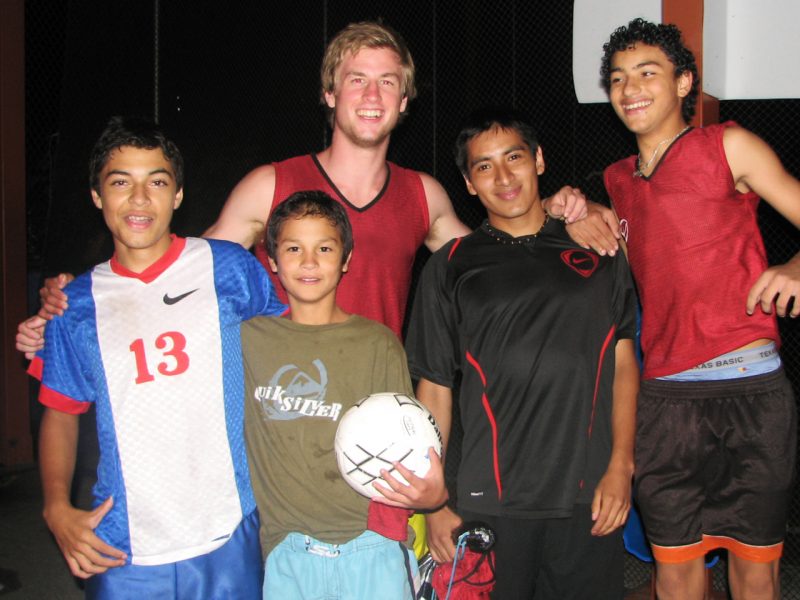
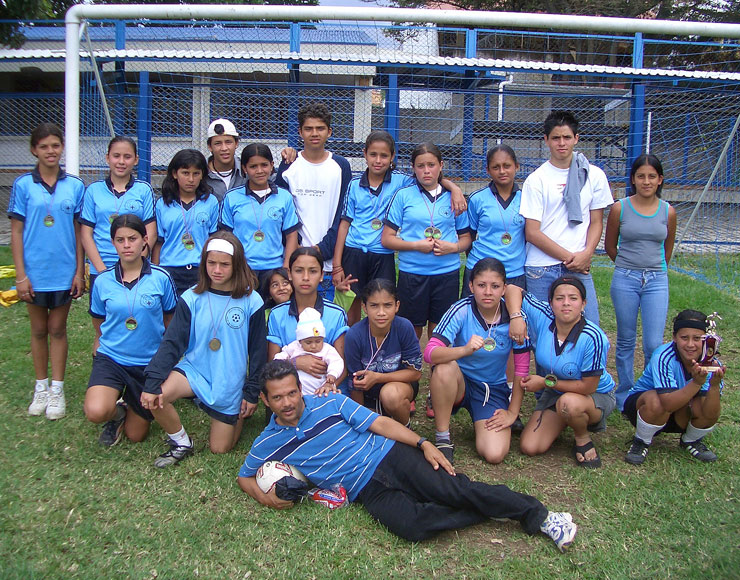
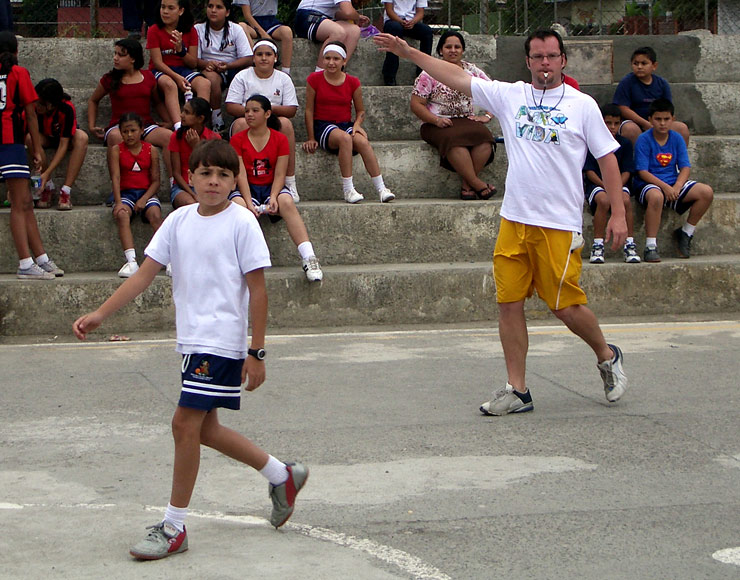
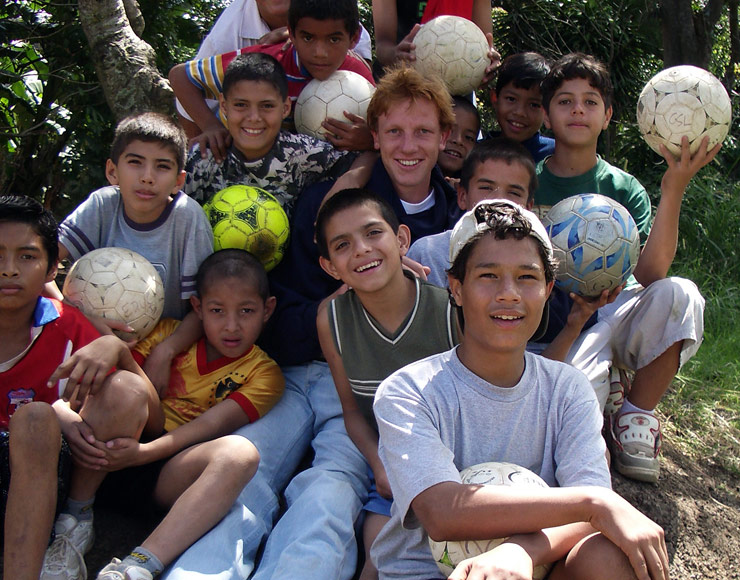
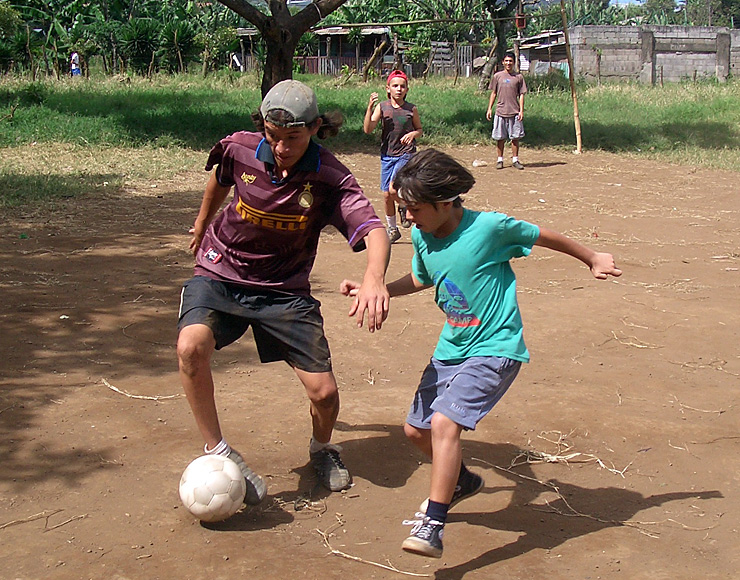
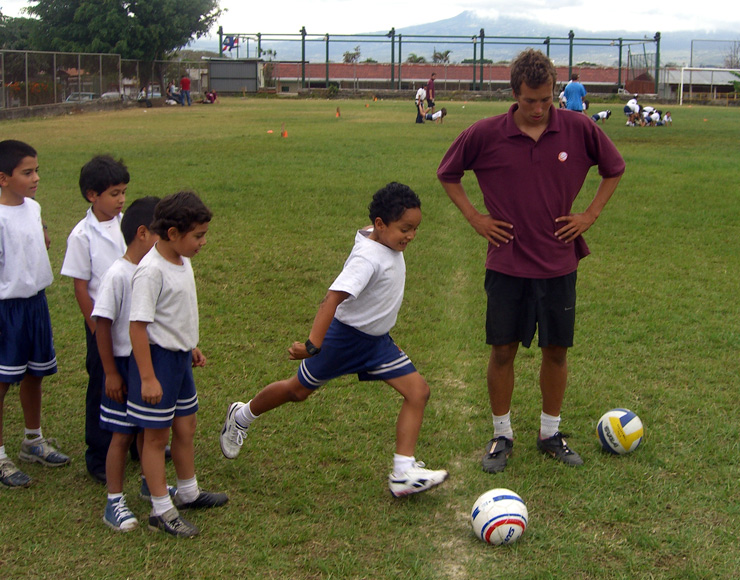
Instant Book
Football Coaching Project in Costa Rica, Esparza
Join us in coaching football in our affiliate football schools in rural Costa Rica. You’ll be involved in coaching all ages under 18, teaching ...
from
£375
/ person
durations start from
7 days